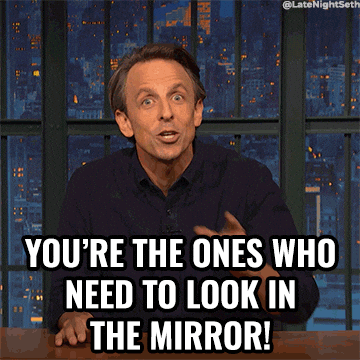I am a firm believer that there are lessons to be learned from everything that happens in life. How Covid-19 has altered education for the present and future is no exception. As Mme. Leah Bissonnette points out, we need to accept that there will be a new normal in education.
While some of the finer details of education change over time – curriculum, adaptations, pedagogy, assessment – many details have remained unchanged for decades. Kids go to a building, sit in a classroom, work on core subjects…rinse, wash, repeat. While there are many benefits and factors that necessitate this structure – learning of basic skills, socialization, childcare (let’s face it, this is a function of schools) – it is time for us to consider if this is the most effective structure moving forward. Our world is changing more rapidly than ever. It is time for education to take a long, hard look in the mirror to see if it is meeting these ever-changing needs.

One of the most interesting changes that I think we need to consider is the idea of a central, daily building for teachers and students to go to. As the eLearning Industry writes in their article, 9 Things That Will Shape The Future Of Education: What Learning Will Look Like In 20 Years?, students of the future will need to learn at different times and in different places. Our experience with remote learning has taught us that not all learning has to take place in a physical classroom. There are ways to teach and learn virtually. I think this idea is one that we need to become comfortable with. Perhaps students (particularly older students) can complete their education partially or completely remotely.
This same article speaks to the idea of greater field experience. This works directly with the notion of not physically attending school. If students are not required to be in school daily, they may have opportunities to complete field work projects that promote on the job learning. Ultimately, this may better prepare students as they will develop on the job training and skills for future professions. I have been an advocate for more field work opportunities for years. I know high school has work ed. programs, but I think these experiences can be valuable for middle years students as well. I used to work in a inner city school and always thought getting those students real world experience would increase learning and motivation to want to achieve grade 12 graduation and pursue further education or workforce opportunities.
Speaking more to the skills schools need to deliver to learners, the University of Phoenix Institute has some important considerations in its Future Work Skills 2020 document. We have to change the way we think. I am a huge proponent of certain basic skills. I believe being able to write and do mental math is a hugely important skill. But an argument can certainly be made that there is technology readily available to do that for people. Is it necessary to force students to know their times tables when they will always have access to a calculator no matter where they are (I still think the answer is yes, but I know I need to be open to this new world)? We also need to teach students how to think outside of the box. The ever-evolving workforce wants problem solvers – people who can come up with solutions are creative.
It is going to be a tough sell to change the fundamentals of our education system. Policy makers, educational stakeholders, teachers (me included) can be very set in their ways. The reality is that our world is changing faster than it ever has before. Skills and teaching practices we are using today will simply be outdated in the not too distant future. We would serve ourselves and our students well to broaden our horizons and begin to explore a new normal.

YES! “We have to change the way we think.” Knowing what we’re doing, and feeling confident in the classroom can be comforting, but we often don’t change the way we teach, think, or engage our students. Changing the way one thinks can be tricky, and truly uncomfortable. I personally like to switch things up often, whether that’s the way I teach something, use an educational technology or teaching tool, or just the basics of formatting. I have to say that some of the limitations that are present for teaching in a COVID world have been challenging to keep the sparks flying, and the creative wheels turning.
“Your creativity always stands out—this is next-level awesome! “